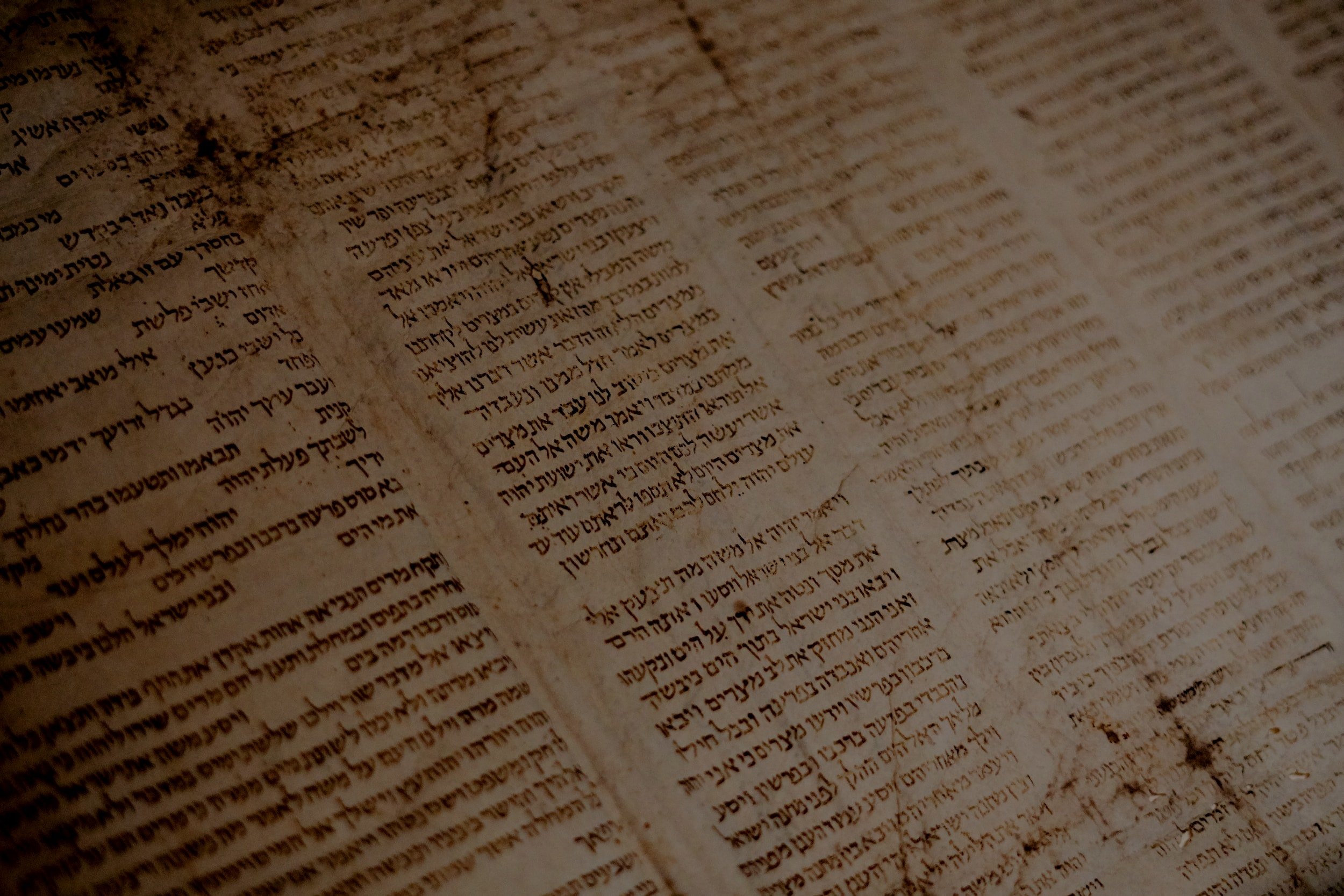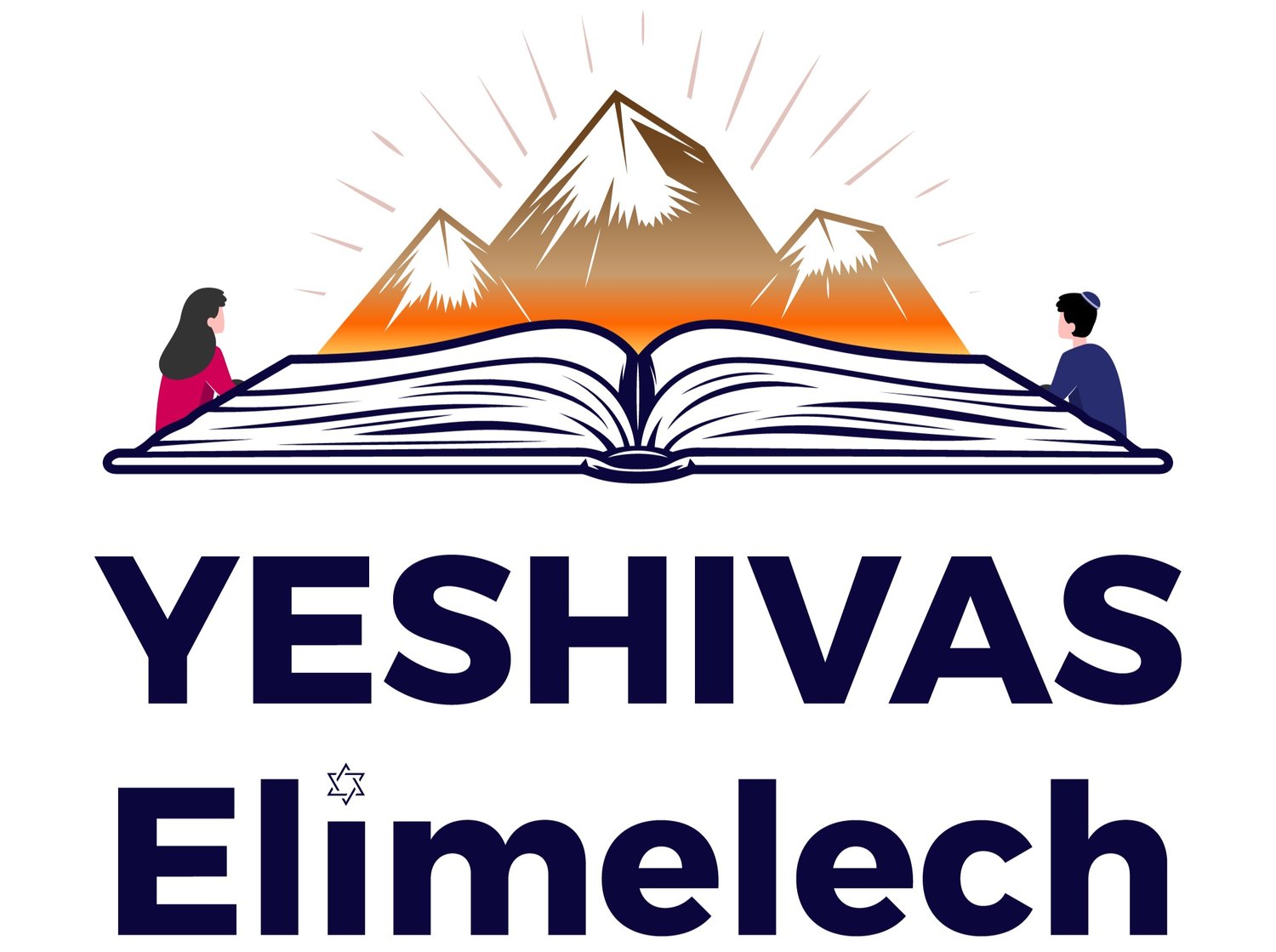
S’ohu V’vohu
By Harold Furchtgott Roth
Below are my recollections of extemporaneous remarks that I offered at Yeshivas Elimelech, Simchas Torah, 5783. My memory is imperfect, and I am sure that I have carelessly omitted some of my remarks, and needlessly embellished others. All errors are mine.
Each Simchas Torah, we read from the end of the Torah and the beginning of the Torah. The Torah is tangible. We can see it; we can touch it; we can read it.
Are the texts of the Torah at the beginning and at the end related? At first glance, the texts are different and unrelated. The beginning of the Torah is abstract, intangible, dealing with concepts of creation that are difficult to imagine. In contrast, the end of the Torah, which we read first on Simchas Torah, is very tangible, about the children of Israel readying to enter the land of Israel. The final verses are about the death of Moshe, the greatest person who ever lived. Unlike the children of Israel whom he led from Eretz Mitzraim, through various other inhospitable lands to arrive at Eretz Moav. It is a desolate land in the Torah.
It is a desolate land in Megillas Ruth, so desolate that Naomi leaves it. It is an empty place, formless, chaotic, bewildering to those who see it and live there, possibly worthy of the epithet s’ohu v’vohu, empty, formless and bewildering. It is not a place where one would choose to end one’s days. And yet we read at the end of the torah that Hashem buries Moshe in Eretz Moav. His resting place is not Hashmaim Moav, but Eretz Moav, as humble and unassuming place on earth as possible. The greatest person who ever lived is buried in Eretz Moav, and those who seek to find his grave cannot, perhaps because the land itself is s’ohu v’vohu.
Moshe’s resting place was not predetermined. He was raised in perhaps the wealthiest household of his time, that of the Pharoah of Egypt. Moshe could have had all of the wealth of Egypt, not through the cleverness of Yosef, but through having grown up in the Pharoah’s household. Life could have been easy in Eretz Mitzraim, as far removed from Eretz Moav as imaginable. But Moshe chose a different path. He left Pharoah’s household. He led the children of Israel out of the wealth and slavery of Eretz Mizraim into 40 years of traversing different lands. None of the lands of the 40 years was wealthy. Although the Torah describes various mountains and landmarks, the lands are otherwise devoid of detailed description, largely formless and empty, even chaotic, perhaps even s’ohu v’vohu, all in anticipation of eventually crossing into Eretz Yisrael.
Perhaps the suggestion that Eretz Moav is s’ohu v’vohu is strained. After all, the Torah never uses those words specifically in the context of Eretz Moav. (In later centuries, Jeremiah and Isaiah use the phrase of s’ohu v’vohu in the context of lands that are desolate.) Even if Eretz Moav was not s’ohu v’vohu, it was a meager consolation of a burial ground for the greatest man who ever lived.
Now, let’s look at the beginning of the Torah. The very first sentence emphasizes that Hashem created es Hashamayim v’es Ha’aretz, not Hashamayim v’Ha’aretz. The creation of the land was distinct from the creation of the heavens, and the heavens are announced first. The next sentence is not “H’shamia, hoisah s’ohu v’vohu.” There is nothing defective about the heavens. They are neither, empty, void, or chaotic. But the earth is a different matter, “H’aretz, hoisah s’ohu v’vohu.” During the six days of creation, Hashem does much to fill and to complete the earth, but never specifically concludes that the state of s’ohu v’vohu has completely ended. The defects of the lands are never unambiguously corrected.
If the Torah had ended with the Book of Joshua and the conquest of Eretz Yisrael, one might reasonably infer that the torah tells the story of the conquest of land, of the progression of people: moving from eretz s’ohu v’vohu in Bereishis to Eretz Yisrael in Joshua. But the Torah itself does not include the Book of Joshua. Instead, the Torah ends not with the conquest of Eretz Yisrael but with the death of Moshe, the greatest person who ever lived. What Moshe brought to the children of Israel and to all of humanity was the Torah. His reward is not measured by eretz or physical landmarks. His reward was the bringing of the Torah. To this day, we see it; we touch it; we read it; all the more so on Simchas Torah. The Torah is complete without any specific eretz. The Torah was complete even when Isaiah and Jeremiah warned of eretz s’ohu v’vohu. The Torah was complete when the Jewish people were expelled from Eretz Yisrael; but Eretz Yisrael is not complete without the Torah.
